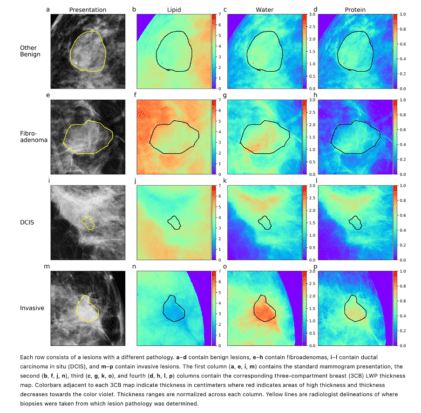The detection of cancer has become easier because of the use of AI and deep data mining. Researchers from Oregon State University successfully used deep learning to extract information from gene expression data that, in turn, helped them to classify different types of breast cancer cells. The authors were able to extract genes from the data that were useful for cancer prediction and also as cancer biomarkers and for breast cancer detection. In an attempt to use AI for the classification of skin cancer, Esteva et al. used CNNs to automatically classify tumors. The performance of the CNN was comparable to that of the dermatologists, which highlights the promise of this approach as a way to classify types of skin cancer.
Histomorphology has been revolutionized by precision histology. With advances in AI, DNNs have been used to form and implement complex, multi-parametric decision algorithms. Machine-driven decisions will improve and optimize approaches in immunohistochemistry, which will provide more rapid and cost-effective diagnoses. Image-based analysis is a cost-effective method that also reduces the workload and eliminates the need for more confirmatory tests.
AI researchers at the AI Precision Health Institute at the University of Hawaii’s Cancer Center published two high profile papers demonstrating for the first time that deep learning can distinguish between mammograms of women who’ll develop breast cancer and those who won’t. In one paper, the researchers confirmed that invasive breast lesions have unique compositional signatures and demonstrated that compositional profiles of the breast combined with CAD predictions can improve the detection of malignant breast cancer. In the other, researchers showed that deep learning models performed better than models using clinical risk factors when determining screening-detected cancer risk.
The FDA has already approved multiple AI algorithms for the purpose of detecting breast cancer. The best of them has a breast cancer detection sensitivity of 82% and a fixed specificity of 96.6%. When radiologists used the algorithm, it improved sensitivity by 8%.
Deep learning has also been used to track and quantify the size of tumors during treatment for the detection of overlooked metastases. The deep learning algorithm becomes more accurate as the number of CT and MRI scans it reads increases






